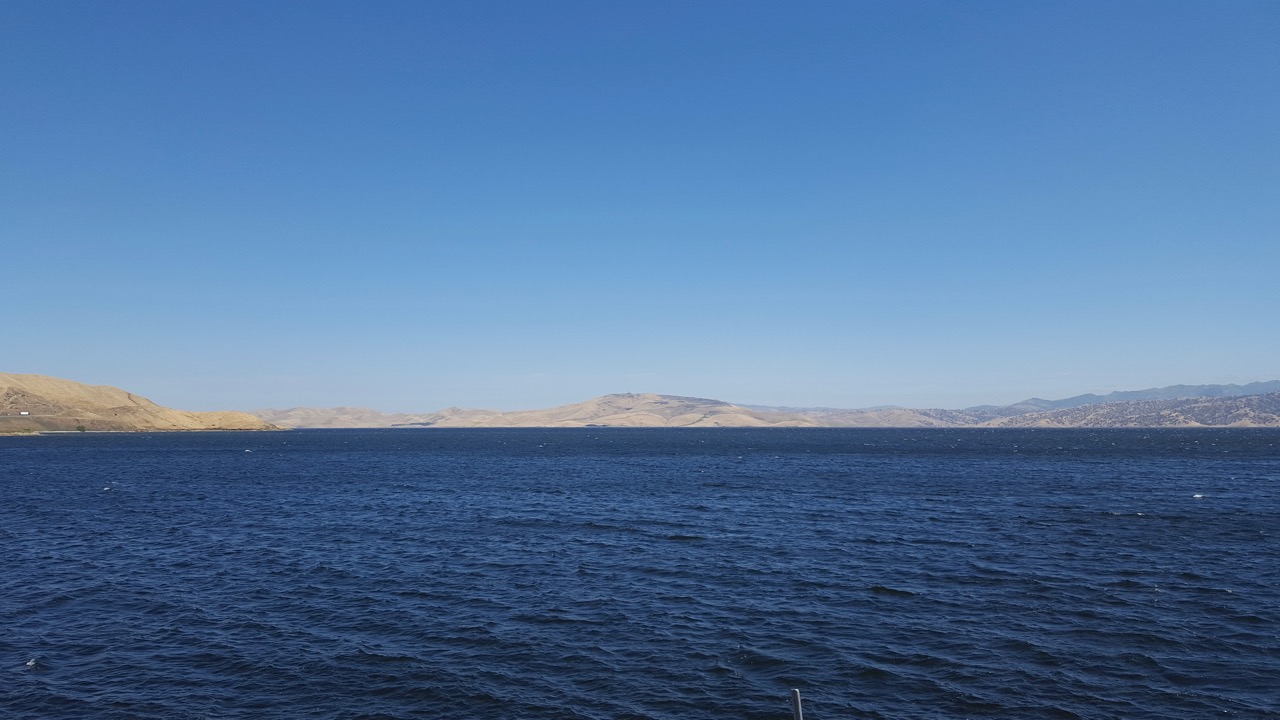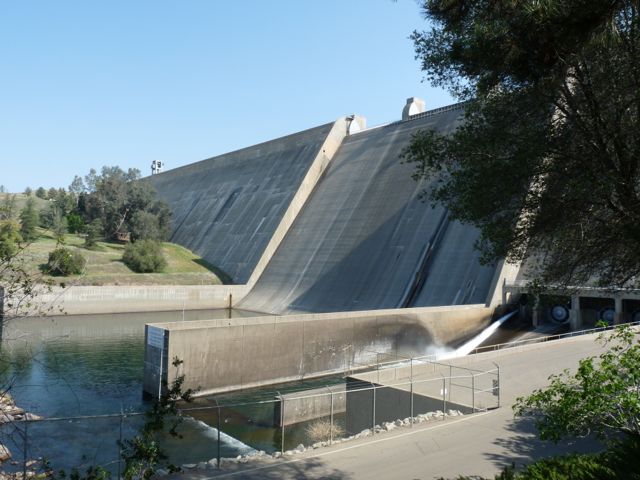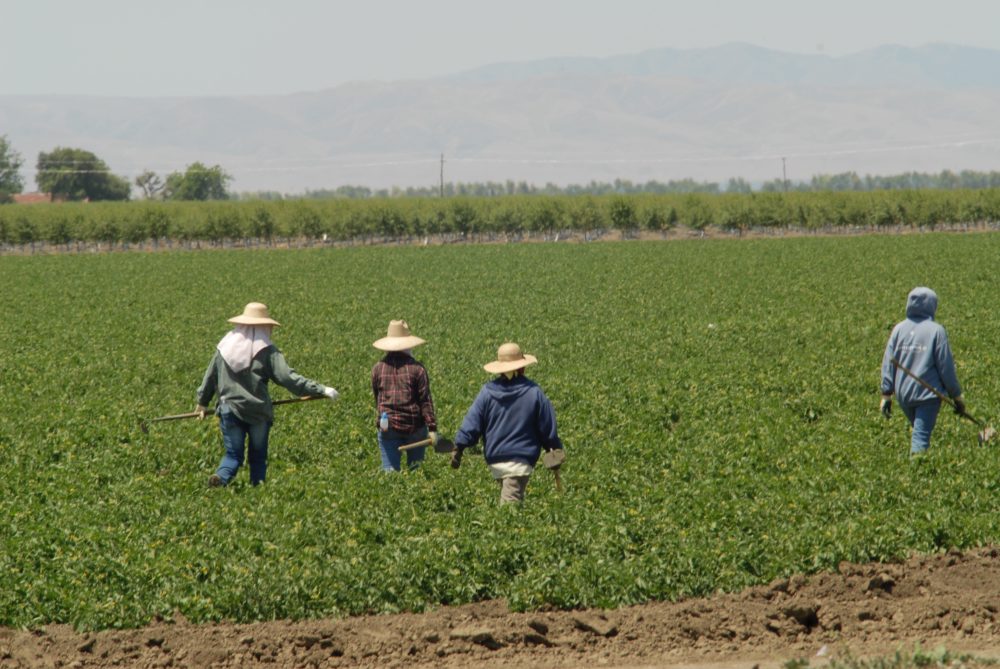Groundwater Nitrates Due to Legacy Issues
Minimizing Groundwater Nitrates
By Patrick Cavanaugh, Farm News Director
Groundwater nitrates have been a concern over the last decade and growers have made much improvement to minimize the problem. But still, new regulations are requiring that growers not make the problem worse.
California Ag Today recently spoke with Dan Munk, a UC Cooperative Extension Fresno County Farm Advisor, about the topic. He specializes in irrigation crop nutritional management and cotton production systems. He explained that when water leaves the root zone, it takes away salts and nitrates.
The issue is that irrigated agriculture is always going to have some water leaving the root zone simply to leach salts.
“And when you leach salts, you take away with that water, along with something like nitrates. So that’s part of the system,” Munk said.
“And so what we can do in agriculture is limit those losses and try to be more efficient because it still makes us more efficient in that we spend less money on fertilizers that way,” he said.
“However, there’s always going to be some losses to … systems over time, and I think that’s the best we can do,” Munk said.
He said that many of the nitrates in the ground water are due to legacy issues. When growers had different irrigation systems or when growers had different access to water.
“Today, we’re applying a lot less water, much more uniformly and have been for many years. Things really have changed in terms of the amount of nitrates that are going below that root zone and into the groundwater,” Munk explained. “It is much less today.”
For more help in understanding the problem of nitrates in the groundwater: www.cvsalinity.org























